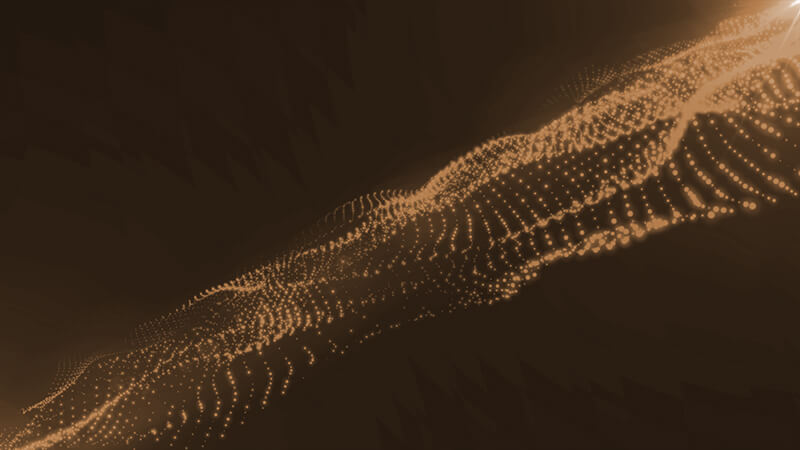The features and applications of white noise and brown noise are distinct from one another. When the energy is dispersed uniformly throughout all frequencies, as in white noise, the result is a more stable and uniform sound. The noise can be used to drown out distracting sounds or just serve as a comforting backdrop. White noise, for instance, can be used to assist individuals’ sleep by producing a constant, peaceful sound that might conceal other noises that might interrupt sleep. White noise is characterized by an even distribution of energy across all frequencies or a flat power spectral density. In the same way as white light encompasses the full spectrum of colors, so too does white noise including every possible frequency. Sounds-wise, white noise is best described as an endless hiss.
The sound of ocean waves or the wind is a good analogy for brown noise’s more natural quality. Because of the soothing impact it has, it is sometimes used in meditation and relaxation. Evidence suggests that brown noise has a more significant effect on the brain than white noise, as it can entrain brainwaves to a more relaxed state. Yet, brown noise is characterized by a power spectral density that falls by 6 dB per octave for every doubling of frequency. This indicates that the lower frequencies contain more energy than the higher ones. Because it is the polar opposite of white noise, “red noise” has been coined to refer to brown noise. Brown noise is described sonically as a low, rumbling tone.
Depending on the context, both white noise and brown noise have positive effects on humans. Brown noise is more conducive to meditation and relaxation, while white noise is useful for providing a constant, calming sound. The best course of action is to try out various noises to find out what works best for you, as different people will react differently to various noises.
Simply put, the power spectral density distinguishes white noise from brown noise. Brown noise has a power spectral density that declines with increasing frequency, whereas white noise has a flat power spectral density.

